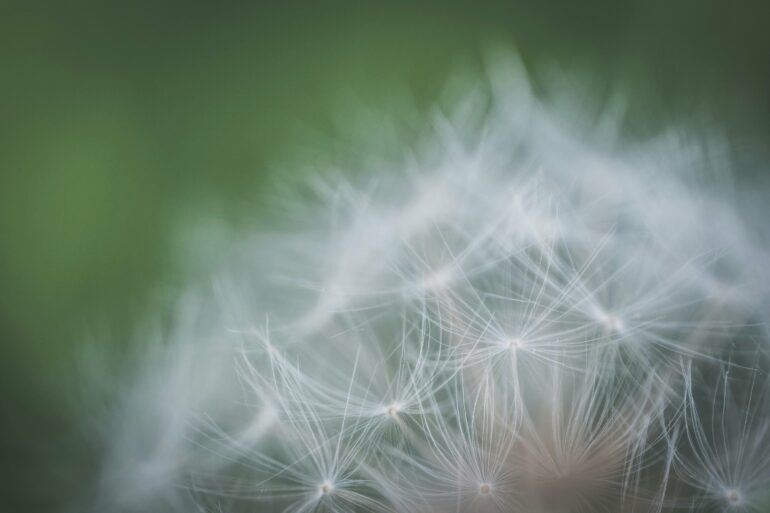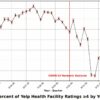A new study that tracks how many asthma-related emergency room visits result from pollen in metropolitan areas across Central Texas highlights the importance of knowing local plants and the need for developing science-based pollen forecasts.
Such forecasts could one day alert vulnerable individuals on days when they should consider staying indoors or taking allergy medications ahead of time, as some treatments may require hours to days to reach full effect.
“Even though the percent of asthma-related emergency department visits associated with pollen overall was only a few percent on an annual basis, at certain times of year when particular types of pollen were spiking, we sometimes saw up to almost 20% of visits were due to pollen,” said Daniel Katz, assistant professor in the School of Integrative Plant Science, Soil and Crop Section, in the College of Agriculture and Life Sciences.
For every emergency room visit, there are many more unreported allergic reactions that result in reduced quality of life. “This is just the tip of the iceberg,” Katz said.
Katz is first author of “Pollen and Viruses Contribute to Spatio-temporal Variation in Asthma-related Emergency Department Visits,” published in the July issue of the journal Environmental Research.
In the study, the researchers teased out which asthma emergencies may have been activated by pollen, as opposed to a virus or other causes. To do so, the researchers collected data from the Texas Department of State Health Services and analyzed close to 175,000 asthma-related emergency room visits between 2015 and 2020. They singled out visits from patients who lived within about 15 miles (25 kilometers) of one of eight pollen monitoring stations where airborne pollen concentrations are measured.
Data on pollen counts, and information on viral prevalence, was collected for the same years in College Station; Dallas; Flower Mound; Georgetown, near Austin; Houston; two locations in San Antonio; and Waco.
“One of the tricky things about this topic is that when somebody has an asthma exacerbation, it’s hard to know what caused it,” Katz said.
By comparing these daily emergency room visits with daily pollen counts, Katz and colleagues could then check if more people ended up in the hospital for asthma on days when pollen counts were high or had been high in the previous week, to account for lags and delayed reactions.
Similar correlations were made with weekly viral load data, though due to fewer data points they looked at three-week moving averages to identify underlying patterns. Linkages between serious asthma attacks and viruses had already been highly studied.
When pollen and virus prevalence were high at the same time, the researchers had the advantage of an abundance of data, from eight cities and over five years, to uncover the likely causes.
“Sometimes the timing of when viruses were prevalent changed,” Katz said, “and sometimes the timing of when pollen was in the air changed. So because of this natural variability, we were able to better untangle what was contributing to these asthma-related emergency department visits.”
The study also covered 2020, when caution over COVID reduced many viruses to historically low levels, providing further clues on the effects of airborne pollen, Katz said.
The researchers chose cities for the study based on their proximity to Central Texas, where a species of tree, Ashe juniper (Juniperus ashei), one of the most important allergenic pollen-producing trees, is prevalent. Some cities were in the middle of these pollen hot spots and others were far from them.
“We ended up finding that some of the cities had these spikes in asthma-related emergency department visits in January, when that species releases its pollen, whereas cities outside its primary range did not have corresponding spikes,” Katz said. Still, he said, various pollen is in the air for most of the year in Texas, creating challenges for people with asthma.
The study helps inform Katz’s ongoing work to develop publicly available pollen forecasts that incorporate remote sensing and atmospheric dispersion and plant ecology.
Co-authors include Corwin Zigler, Darlene Bhavnani, Susan Balcer-Whaley and Elizabeth Matsui at the University of Texas, Austin.
More information:
Daniel S.W. Katz et al, Pollen and viruses contribute to spatio-temporal variation in asthma-related emergency department visits, Environmental Research (2024). DOI: 10.1016/j.envres.2024.119346
Provided by
Cornell University
Citation:
Asthma emergencies spike when allergenic pollen blooms (2024, August 7)



